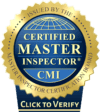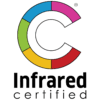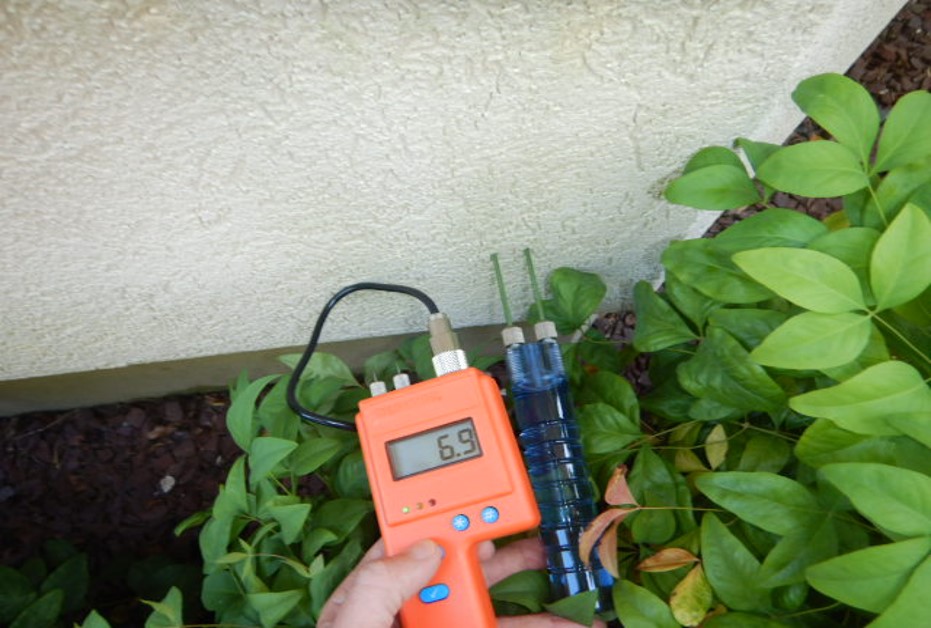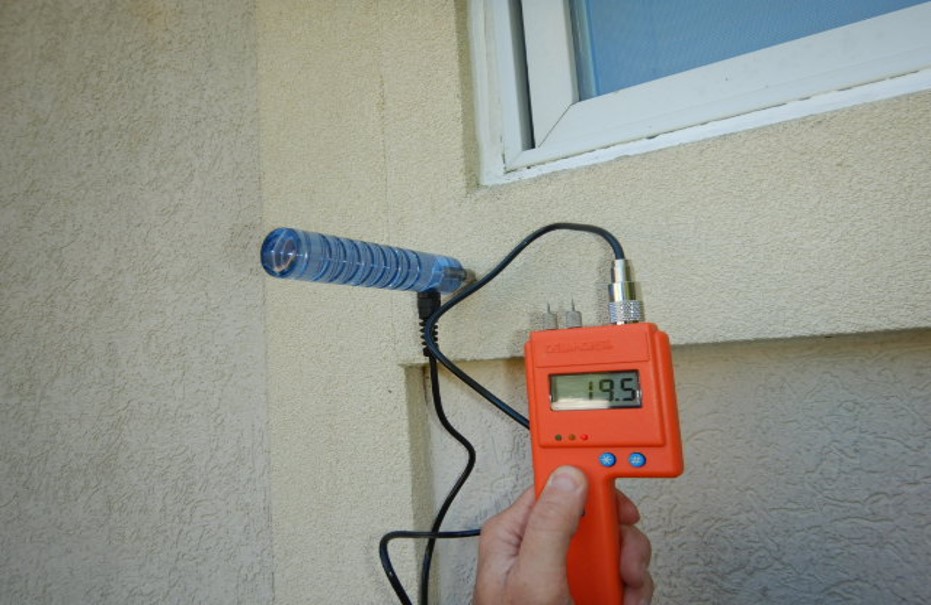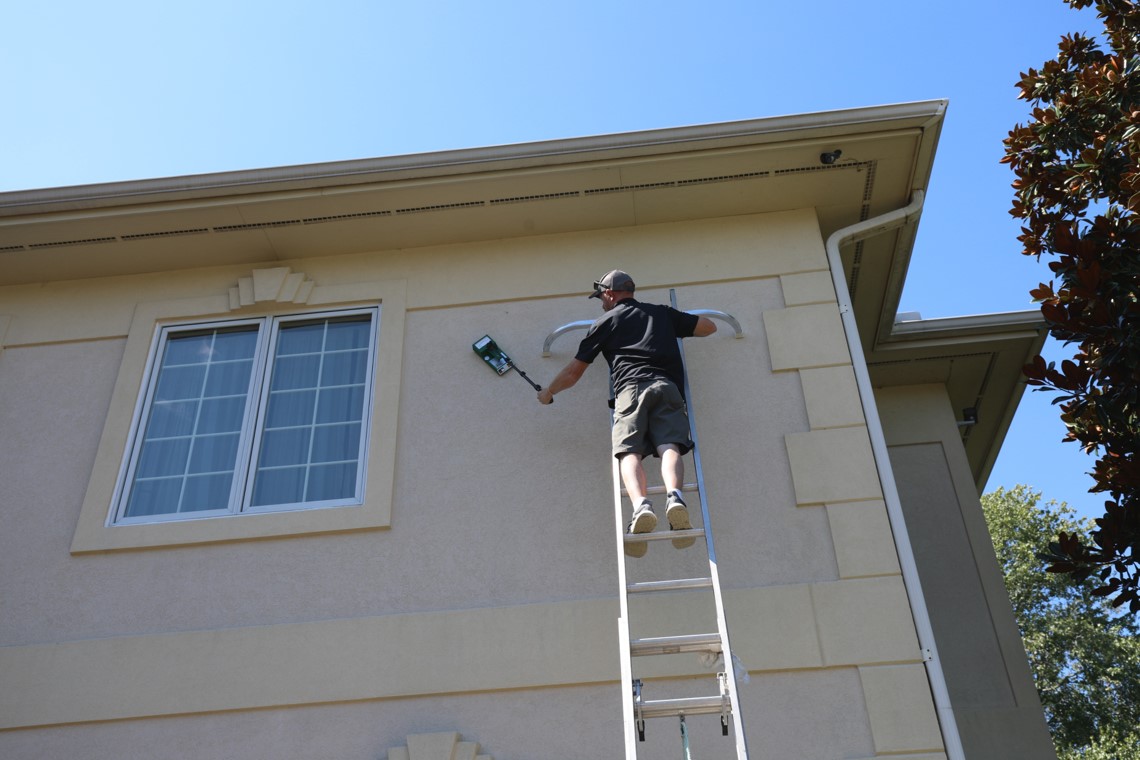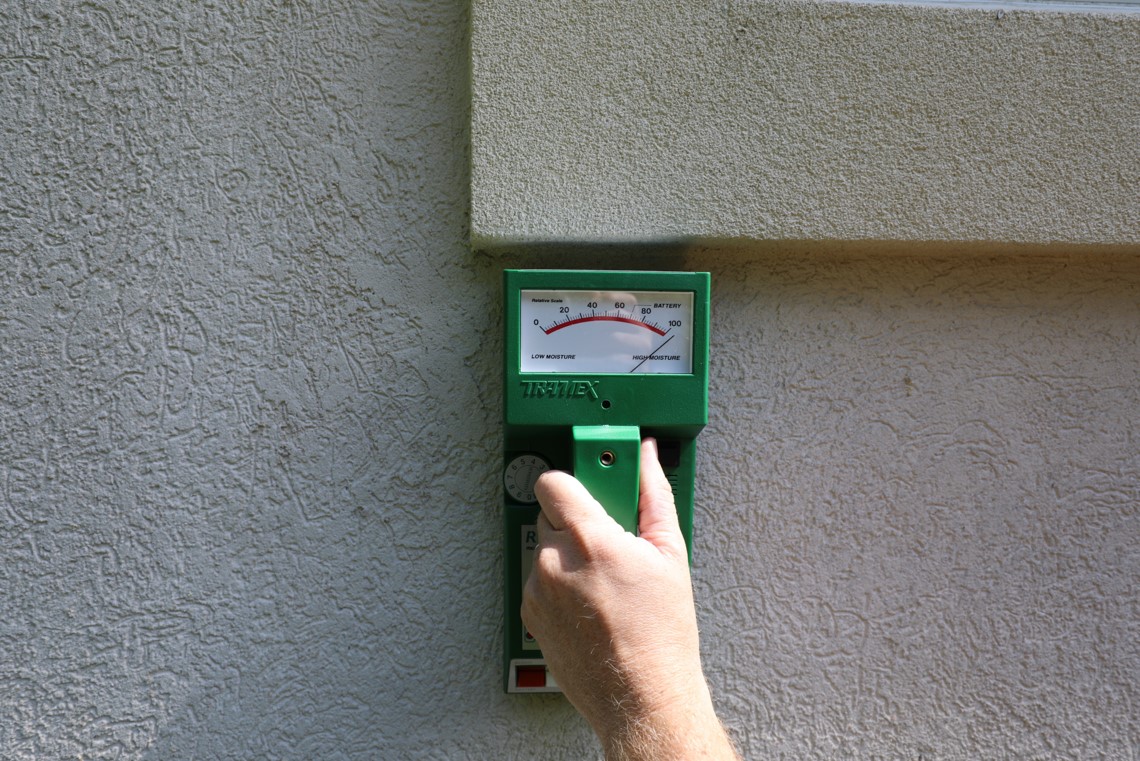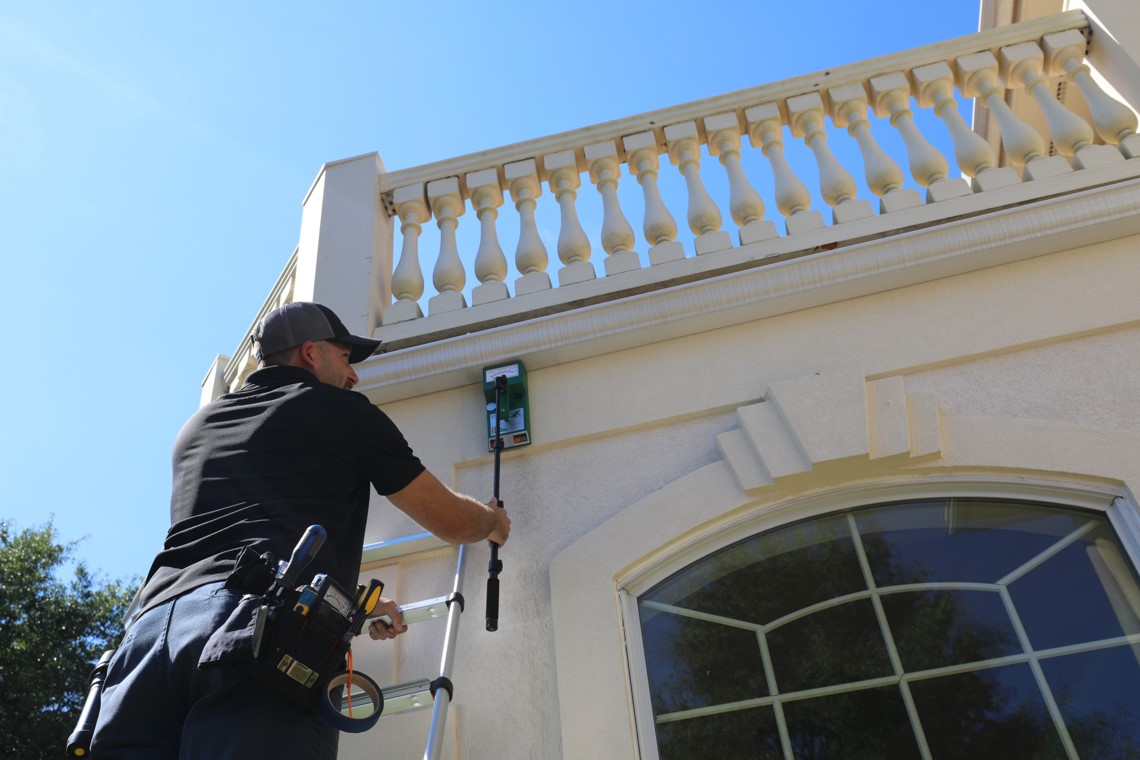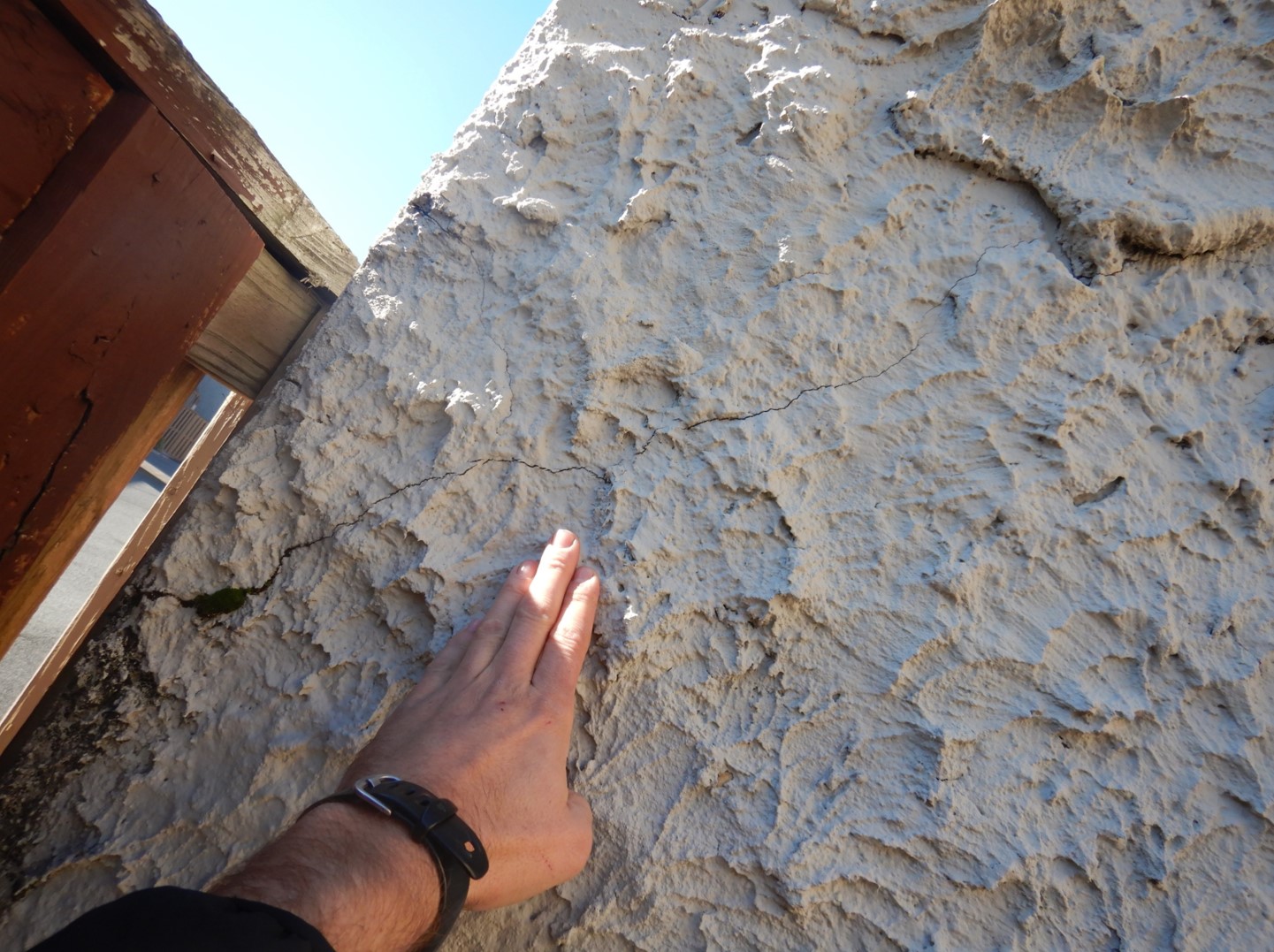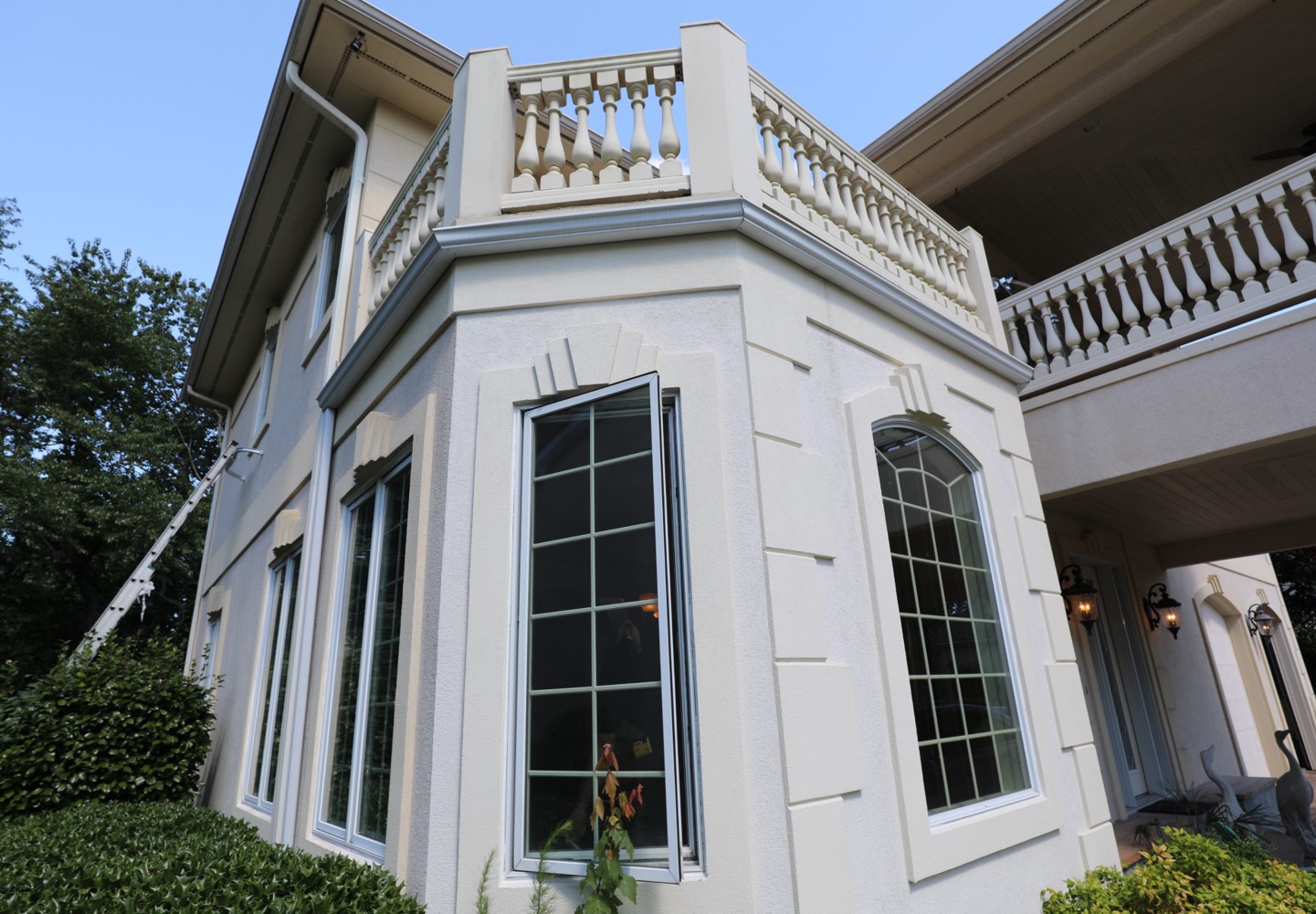Tell-Tale signs of stucco trouble:
- CRACKS OR GAPS AT JOINTS
- INTERIOR MOISTURE ISSUES
- DISCOLORATION OR STAINS
- MISSING OR DRIED CAULKING
- BULGING OR SOFT SPOTS
- HOLES OR OTHER AREAS OF DAMAGE
- STUCCO THAT EXTENDS BELOW GRADE OR IS CLOSE TO THE GROUND
- HOMES WITH A WOOD-FRAMED CHIMNEY
How do I know there is a problem?
Visually it is often impossible to determine if hidden damage is occurring beneath failing or improperly installed stucco systems. There are some tell-tale signs of trouble, but these may not always be associated with bigger issues. Some hidden areas of damage may not have any tell-tale signs. A thorough inspection with High Tech equipment in the hands of a certified inspector may be the only way to find hidden issues.
Do I need a Stucco Inspection?
- YES! If your home was built between 1990-2006.
- YES! If you haven’t had a stucco inspection in the last few years.
- YES! If you’re buying/selling a home with stucco.
- YES! If your home has any tell-tale signs.
Why have an Invasive High Tech Stucco Inspection?
During an invasive stucco inspection, we use a state-of-the-art Tramex Roof and Wall Scanner that detects moisture to a depth of 4” inches. At areas of concern, a Delmhorst deep pin moisture meter is used to confirm moisture levels. At spots with elevated readings, a pressure test is done to determine if damage has occurred to the wall structure. Inconspicuous small holes are drilled to allow for deep pin readings and pressure testing. These holes are filled with an approved sealant selected to blend with the color of the siding. The interior surfaces will be scanned using an infrared camera and tested with moisture meters to also help locate any problem areas. These procedures are conducted in conjunction with a visual inspection to look for other issues, such as no weep screed, missing flashing or kick out diverters, failing or missing caulk and sealants, cracking areas of moss or staining, and mechanically damages, all of which can lead to or be signs of failures in stucco systems. Our High Tech stucco inspector is certified by the Exterior Design Institute and trained to find hidden areas of concern. A comprehensive report that is easy to use and share is provided. In the current real estate market, some sellers may be hesitant to allow this type of intrusive testing. Therefore, we also offer a limited non-invasive inspection.
Non-Invasive Moisture Testing
A non-invasive stucco inspection is designed to provide buyers with some level of awareness when sellers are resistant to invasive testing. They also give owners a more affordable option to check the condition of their homes. This testing is not as diagnostic as a High Tech invasive stucco inspection, but in some situations is the next best alternative. At the exterior, typical areas of concern and areas with tell-tale signs will be checked with a non-invasive deep penetrating wall scanner. The interior surfaces will be scanned using an infrared camera and tested with moisture meters to help locate any problem areas. Your EDI-certified inspector will provide you with a detailed report. We offer a discount for a follow-up invasive stucco inspection if needed.
What type of Stucco do I have?
Traditional Stucco
This style of stucco had been in use in some fashion for thousands of years. Its modern form is a mix of Portland cement, limestone powder, sand, and water. It is applied over a base mesh and spread over walls in 3 coats. It is a heavy, rigid exterior finishing system and is hard or rough to the touch. In comparison to EIFS, it isn’t as costly, repairs are relatively easy, and it is simple to add decorative elements. This type of finish is typically found in less extreme climates where it is less prone to damage.
EIFS Stucco
External Insulation Finish Systems is a synthetic-based exterior cladding system. It generally is comprised of polystyrene foam board, fiberglass mesh base, and one or more finishing layers. This cladding system is softer to the touch, flexible, and durable in extreme climates. EIFS is much lighter yet has a much better R-value in comparison to traditional stucco. The increased R-value, 4 – 5.6, and its durability have increased its popularity in harsher climates. This style of finish is more expensive than traditional stucco and requires an experienced professional to properly install this system correctly.



